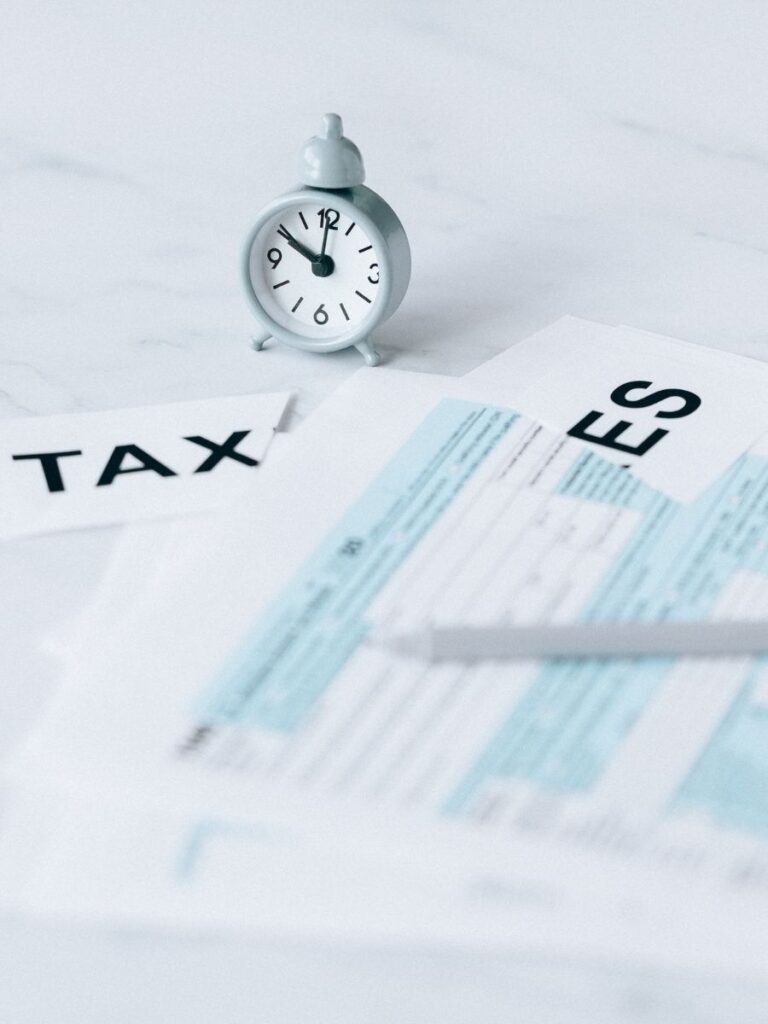
Explore the tax-saving potential of crypto loans and learn how to navigate their complex implications. Discover essential tips to avoid loan pitfalls and make informed financial decisions.
(This post is from our series of Facebook Lives. Catch the next one on our Facebook channel.)
Introduction
Hello, readers! It’s Tuesday which means it’s time for our weekly discussion on crypto tax tips. Today, I want to delve into the world of cryptocurrency loans and shed light on their tax consequences. Understanding how to handle these loans can make a significant difference in your crypto investment journey.
Cryptocurrency Loans: A Brief Overview

Cryptocurrency loans involve using your digital assets as collateral to borrow other cryptocurrencies or traditional money. It’s a concept gaining traction in the crypto community, often used for various purposes, including trading on different platforms and seizing investment opportunities.
Tax Implications of Selling Cryptocurrency
Before diving into the benefits of cryptocurrency loans, let’s touch on the tax implications of selling your crypto directly. When you sell a cryptocurrency, you may incur capital gains taxes, which can be substantial if your investment has appreciated significantly. This could potentially erode your long-term gains.
The Advantage of Borrowing Against Your Crypto
Now, here’s where cryptocurrency loans come into play. Instead of selling your crypto and triggering capital gains taxes, you can use it as collateral for a loan. Typically, you can borrow up to a certain percentage of your crypto’s value, usually around 30% to 50%. The funds obtained through this loan are not taxable income.
Managing Cryptocurrency Loan Transactions for Taxes

To ensure your crypto loan doesn’t lead to unexpected tax consequences, it’s crucial to manage the transactions properly.
Here are some key steps:
1. Proper Categorization: When recording the loan in your crypto tax software, make sure it’s categorized as “proceeds from a loan” rather than a simple deposit. This distinction is essential for accurate tax reporting.
2. Label Expenses: When you repay the loan, label it as an expense to ensure the correct calculation of gains and losses related to the borrowed funds.
Beware of Market Volatility

Cryptocurrency loans can be lucrative, but they come with risks. The crypto market is highly volatile, and unforeseen price fluctuations can affect your collateral-to-loan balance ratio. If this ratio becomes unfavorable, your loan provider may liquidate your assets to cover the loan, potentially leading to tax consequences.
Case in Point: Loan Liquidation
Imagine you bought a Bitcoin for $1000 and later borrowed against it when it was valued at $60,000. Unfortunately, the market later dropped and your Bitcoin was liquidated at $30,000 to cover the loan. In this scenario, you would have to pay taxes on the gain from $1,000 to $30,000, even though the market conditions were unfavorable.
Conclusion
Cryptocurrency loans can be a valuable tool for maintaining your crypto holdings while accessing funds for various purposes. However, they come with inherent risks, particularly due to market volatility. Properly managing the tax implications of these loans is essential to ensure you don’t encounter unexpected financial setbacks.
If you have more questions or need assistance with crypto tax matters, feel free to reach out to us. We’re here to help you navigate the complexities of cryptocurrency taxation. Don’t forget to check out our new mini-course, designed to assess the complexity of your tax situation and guide you toward the right “next step”.
Thank you for joining us today, and we look forward to seeing you again on Thursday for more insights into crypto taxes!
Don’t forget to check out our mini-course, The Crypto Tax Matrix, for valuable insights into managing your crypto tax obligations.
Reach out to us for any assistance with your crypto taxes. Book a call here.
Did you read our previous post about crypto strategy titled: Diversification and Safety Tips: What Works in Crypto
Find out more about this topic by listening to our Audio podcast or watching our YouTube video below.





Leave a Reply